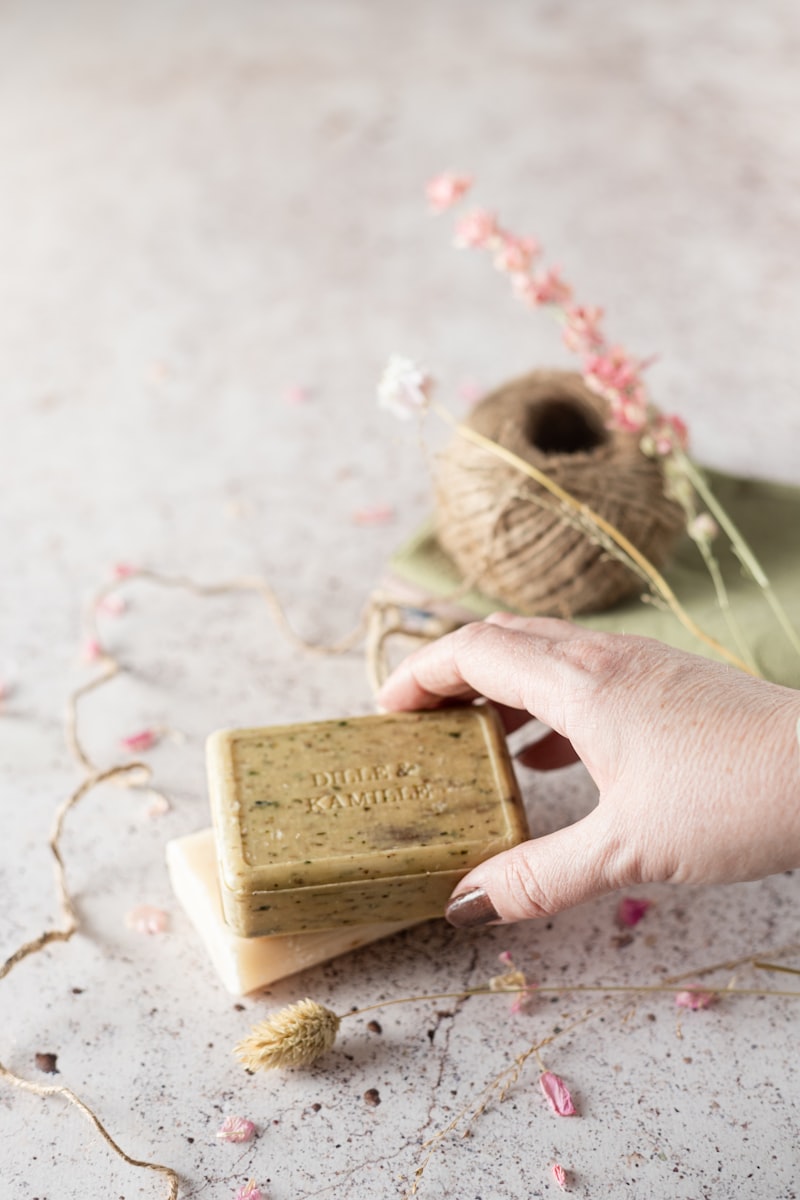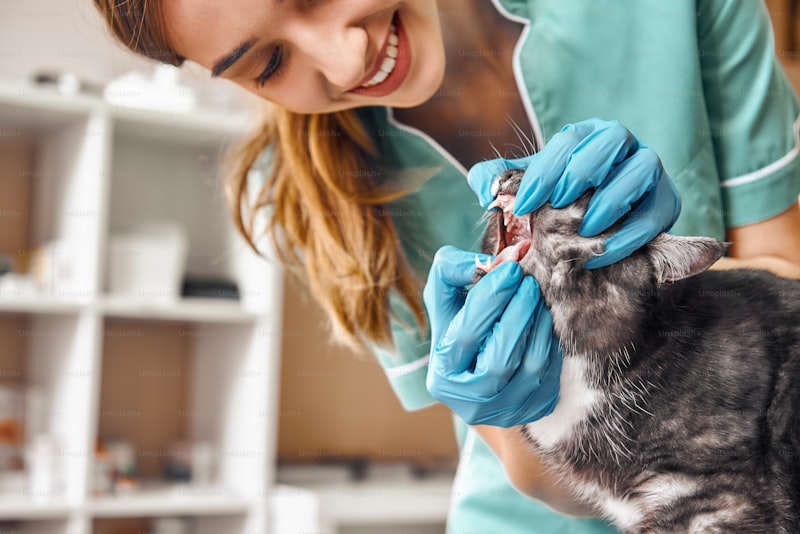Ever wondered how animals keep themselves clean and tidy in the wild? Their grooming habits are as diverse as their habitats, each species evolving unique methods to stay fresh and healthy. From the fastidious grooming of cats to the dust-bathing rituals of birds, animal hygiene offers a fascinating glimpse into their survival strategies.

Take cats, for example. These meticulous groomers spend hours licking their fur to remove dirt and parasites. Their rough tongues act like natural combs, keeping their coats sleek and free from tangles. It’s not just about appearances; grooming helps regulate body temperature and promotes circulation, crucial for their well-being.
Birds, on the other hand, have their own quirky habits. Ever seen a sparrow rolling in dust? This isn’t playtime—it’s a vital part of their grooming routine. Dust absorbs excess oils and cleans feathers, ensuring efficient flight and insulation. It’s a clever adaptation to environments where water for bathing may be scarce.
Moving to aquatic life, otters steal the show with their playful approach to hygiene. These water-loving creatures use their paws as scrubbers, combing through fur to remove debris and maintain insulation. Watching an otter float effortlessly while grooming is a lesson in efficiency and grace.
But perhaps the most surprising hygiene routine belongs to elephants. These gentle giants use their trunks like high-pressure hoses, spraying themselves with water or dust to keep cool and clean. It’s not just about hygiene; these rituals also play a social role, reinforcing bonds within their herds.
From the savannas to the skies, animal grooming habits are a testament to adaptability and ingenuity. Each species has honed its own methods to survive and thrive in its environment, offering a window into the marvels of the natural world. Next time you observe a pet or encounter wildlife, take a moment to appreciate their unique grooming rituals—they’re more than just cleanliness, they’re a testament to evolution’s brilliance.
Beyond the Fur: Surprising Grooming Rituals of Wildlife
Let’s start with birds, the epitome of cleanliness in the animal kingdom. Their preening rituals are not merely about looking good; they’re essential for maintaining flight-worthy feathers. Using their beaks, birds meticulously remove dirt, parasites, and damaged feathers, ensuring optimal aerodynamics and insulation. It’s like having a personal stylist and dermatologist in one!
Moving on to mammals, elephants take a surprisingly refreshing approach to grooming. These gentle giants don’t just spray themselves with water; they actively seek out mud baths. This seemingly messy ritual serves a dual purpose: protecting their skin from the sun’s harsh rays and keeping pesky insects at bay. It’s like enjoying a spa day in the wild!
Meanwhile, primates like chimpanzees and gorillas have their own unique grooming customs that strengthen social bonds within their troops. They engage in mutual grooming sessions, meticulously picking through fur to remove debris and parasites. This communal activity not only enhances hygiene but also fosters trust and cooperation among troop members.
Underwater, marine creatures exhibit grooming behaviors that are nothing short of breathtaking. Take cleaner fish, for example. These small but mighty helpers offer spa-like services to larger fish by nibbling away parasites and dead skin. It’s a win-win situation: the cleaner fish gets a meal, and their clients get a thorough cleaning without lifting a fin.
From the skies to the seas, wildlife grooming rituals are a testament to the ingenuity and adaptability of nature. These behaviors aren’t just about hygiene; they’re integral to survival and social cohesion. So, next time you observe an animal engaged in grooming, remember that there’s more to it than meets the eye—it’s a carefully choreographed dance of nature’s beauty and functionality.
Inside the Bathing Secrets of Wild Animals
Take elephants, for instance. These gentle giants use their trunks not just for drinking water or grasping objects but also as a built-in shower system. They suck water into their trunks and spray it all over themselves, effectively giving themselves a refreshing bath. It’s like having a portable, self-operated sprinkler!
Moving on to birds, especially those that love the water like ducks and swans, their feathers play a crucial role in keeping them clean. Ducks, for example, produce an oily substance from a gland near their tail that they spread over their feathers. This waterproofing oil helps them stay dry and buoyant in the water, and also protects them from getting waterlogged.

But what about animals that live in dry, dusty environments? Take desert foxes, for instance. These cunning creatures have adapted by rolling around in the sand. At first glance, it might seem counterintuitive to get dirtier to get cleaner, but for these foxes, dust baths are essential. The fine sand particles absorb excess oil and moisture from their fur, keeping it clean and free of parasites.
Ever seen a cat grooming itself meticulously? Cats are natural-born cleaners, and their tongues are designed with tiny, hook-shaped structures that act like a comb. When they lick themselves, these structures help remove dirt and loose fur from their coats. It’s like having a built-in brush that ensures their fur remains smooth and clean.
Now, let’s talk about everyone’s favorite marine mammals, dolphins. These intelligent creatures don’t need soap and water to stay clean. Instead, they have a unique way of shedding old skin. Dolphins rub their bodies against rough surfaces like coral reefs. This rubbing action helps them remove dead skin and parasites, leaving them with smooth and healthy skin that enables them to glide effortlessly through the water.
Nature has bestowed upon each animal its own ingenious method of staying clean and healthy in their respective habitats. From elephants with their trunk showers to dolphins with their coral exfoliation, each species has evolved remarkable ways to maintain cleanliness without the need for modern-day luxuries.
From Dust Baths to Sunscreen: How Animals Stay Clean and Protected
Let’s start with dust baths. You might think rolling in dust doesn’t sound very clean, but for animals like birds and small mammals, it’s a game-changer. Dust particles soak up excess oils and moisture from their feathers or fur, acting like a natural dry shampoo. Imagine it like using a dry sponge to absorb spills on a kitchen counter – effective and eco-friendly!
Ever wondered why hippos look like they’re sweating blood? That’s actually a natural sunscreen! Their skin secretes a red substance that acts as a barrier against the sun. It’s their way of avoiding a nasty sunburn while lounging in the water all day. Think of it like a built-in SPF lotion that’s always there when you need it – no need to reapply!
Now, let’s talk about the cutest sunscreen users: penguins! These tuxedo-clad swimmers spend hours under the blazing Antarctic sun. To protect themselves, they produce an oily substance from a gland near their tail. They spread this oil all over their feathers, creating a waterproof shield that reflects sunlight. It’s like wearing a shiny raincoat that also keeps you cool – clever, right?
But it’s not just land and water animals that have tricks up their sleeves. Ever seen a dust bath for an elephant? It’s a sight to behold! These gentle giants throw dirt and mud over themselves to keep their skin cool and protected from pesky insects. It’s like giving yourself a mud mask at a spa – refreshing and practical!
From rolling in dust to producing natural sunscreens, animals have mastered the art of staying clean and protected. Next time you see a critter taking a dust bath or gleaming in the sun, remember they’ve got their own savvy ways of staying fresh and shielded in the wild.
Nature’s Shower: The Intriguing World of Animal Grooming
Have you ever wondered how animals manage to keep themselves clean and groomed without the convenience of human tools? The world of animal grooming is a fascinating glimpse into nature’s own hygiene practices, where each species has evolved unique methods to stay fresh and healthy.
Take the cat, for example. Known for their meticulous grooming habits, cats use their rough tongues like natural brushes to clean their fur and remove dirt and parasites. This not only keeps them looking sleek but also helps regulate their body temperature and promotes blood circulation.
Birds, on the other hand, have a different approach to grooming. They often use their beaks to preen and oil their feathers. This process not only keeps their plumage in prime condition for flight and insulation but also helps waterproof their feathers, essential for surviving in wet environments.
In the underwater realm, fish utilize a variety of techniques to maintain their scales and fins. Some species, like cleaner fish, even provide grooming services to others in exchange for food. This mutualistic relationship ensures that both parties benefit: one gets a thorough cleaning, while the other gets a meal.
Moving to larger animals, elephants are known to dust bathe by throwing dirt and sand over themselves using their trunks. This behavior helps protect their sensitive skin from the sun and insects, acting as a natural sunscreen and insect repellent.
Nature’s approach to grooming is not just about hygiene; it’s a survival strategy ingrained in evolutionary biology. From the smallest insects to the largest mammals, every species has adapted unique grooming rituals that ensure their health and well-being in their respective environments.
Exploring the world of animal grooming reveals a complex web of behaviors and adaptations, each serving a specific purpose in maintaining physical health and social interactions within their communities. It’s a testament to nature’s ingenuity and the incredible diversity of life on Earth.
Quirky Hygiene: Strange Ways Animals Keep Themselves Clean
Have you ever wondered how animals maintain their hygiene in the wild? It turns out, their methods can be as fascinating as they are bizarre. From self-grooming rituals to unexpected partnerships, the world of animal cleanliness is full of surprises.
One of the most peculiar examples comes from hippos, often seen as water-loving giants. Contrary to popular belief, hippos don’t rely solely on water for hygiene. They secrete a reddish-orange fluid that acts as a natural sunscreen and antibiotic, keeping their skin protected and bacteria-free.
Another unconventional cleaner is the leafcutter ant. These tiny creatures are meticulous in their hygiene practices, using leaves to cultivate a fungus that serves as their food source. What’s remarkable is that they actively use antibiotics to keep their fungal gardens free from harmful bacteria, ensuring a clean environment for their colonies.
Moving from land to air, we encounter the Egyptian plover bird and the crocodile. This unlikely duo shares a mutualistic relationship where the bird picks food scraps and parasites from the crocodile’s teeth. In return, the crocodile gets a thorough dental cleaning, a win-win arrangement that underscores nature’s ingenious solutions for hygiene.
Even underwater, animals exhibit unique cleanliness strategies. Take the cleaner fish, for example. These small fish set up cleaning stations on coral reefs where larger fish come to get rid of parasites and dead skin. It’s a meticulous service industry where cleaners benefit from a steady food supply while clients enjoy impeccable hygiene.
These examples showcase how diverse and inventive nature can be when it comes to cleanliness. From symbiotic relationships to self-produced antibiotics, animals have evolved fascinating ways to stay clean and healthy in their environments.
Preening to Perfection: Unusual Grooming Habits Across Species
Ever wondered what animals do to keep themselves squeaky clean? It turns out, grooming isn’t just a human habit. From meticulous monkeys to fastidious felines, the animal kingdom boasts an array of fascinating grooming rituals that go beyond just staying tidy. Let’s delve into some of the most unusual grooming habits across species.
Take the proboscis monkey, for instance. Found in the rainforests of Borneo, these primates are known for their distinctive long noses and an equally distinctive grooming habit – they love to pick and clean each other’s fur. It’s not just about hygiene; grooming helps strengthen social bonds within the troop, much like how a chat over coffee strengthens human friendships.
Moving on to birds, the sociable weaver of southern Africa takes communal living to a whole new level. These birds construct enormous nests that can house hundreds of individuals. Their grooming habit involves meticulous nest maintenance, which isn’t just about keeping the place tidy. By removing parasites and repairing damages, these birds ensure their homes remain safe and secure for all residents, much like how we humans tidy up our living spaces.
Did you know that even insects have grooming routines? Take ants, for example. In ant colonies, grooming is a crucial part of maintaining colony health. Ants groom each other to remove dirt, pathogens, and parasites. This mutual grooming isn’t just a hygiene measure; it helps in spreading chemical signals that strengthen colony cohesion, much like how a team huddle pumps up players before a game.
Moving from land to water, the archerfish deserves a mention. This remarkable fish uses precision shooting to groom itself. It shoots jets of water at insects perched on leaves above the water’s surface, knocking them down for a quick snack. This behavior isn’t just about feeding; it also keeps the fish’s environment clean of potential pests, much like how a gardener removes weeds to keep a garden healthy.
As we’ve seen, grooming isn’t merely about looking good. It’s a multifaceted behavior that serves various purposes across different species, from hygiene and health to social bonding and environmental management. So, next time you brush your hair or clean your teeth, remember, you’re not the only one in the grooming game.
Frequently Asked Questions
Why do animals groom themselves
Animals groom themselves to maintain hygiene, remove parasites, and regulate body temperature. Grooming also helps in establishing social bonds and reducing stress.
What role does grooming play in the social behavior of animals
Grooming plays a crucial role in the social behavior of animals by facilitating bonding, communication, and hygiene maintenance within their groups. It helps in establishing and maintaining social hierarchies, reducing stress, and reinforcing social bonds among individuals.
How do animals keep themselves clean without human intervention
Discover how animals maintain cleanliness naturally without human intervention. Learn about grooming behaviors, self-cleaning techniques, and adaptations that help them stay hygienic in their environments.
What are some unusual grooming habits in animals
Discover fascinating grooming habits in animals that go beyond the ordinary, showcasing unique behaviors like dust-bathing in birds, social grooming among primates, and anting in birds, where they rub insects on their feathers.
How can I help ensure my pet’s grooming needs are met
Discover how to meet your pet’s grooming needs effectively with our concise guide. Learn essential grooming techniques, tools, and schedules to maintain your pet’s health and appearance.



